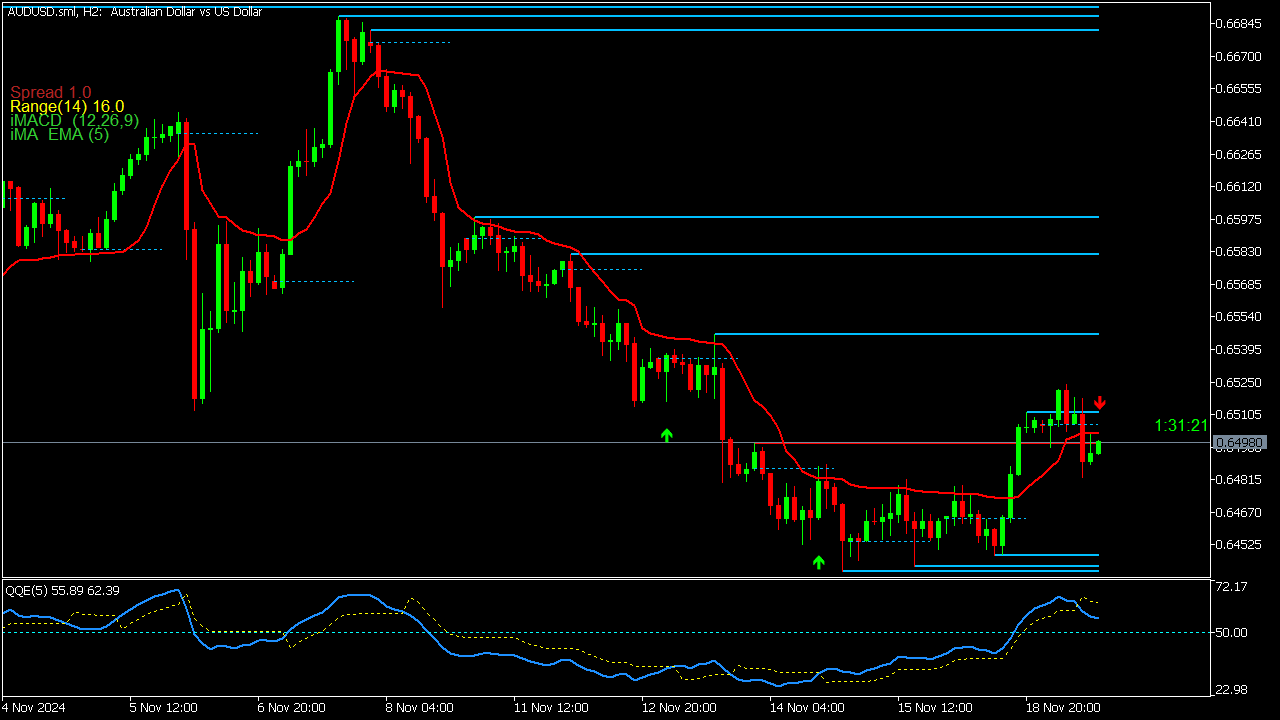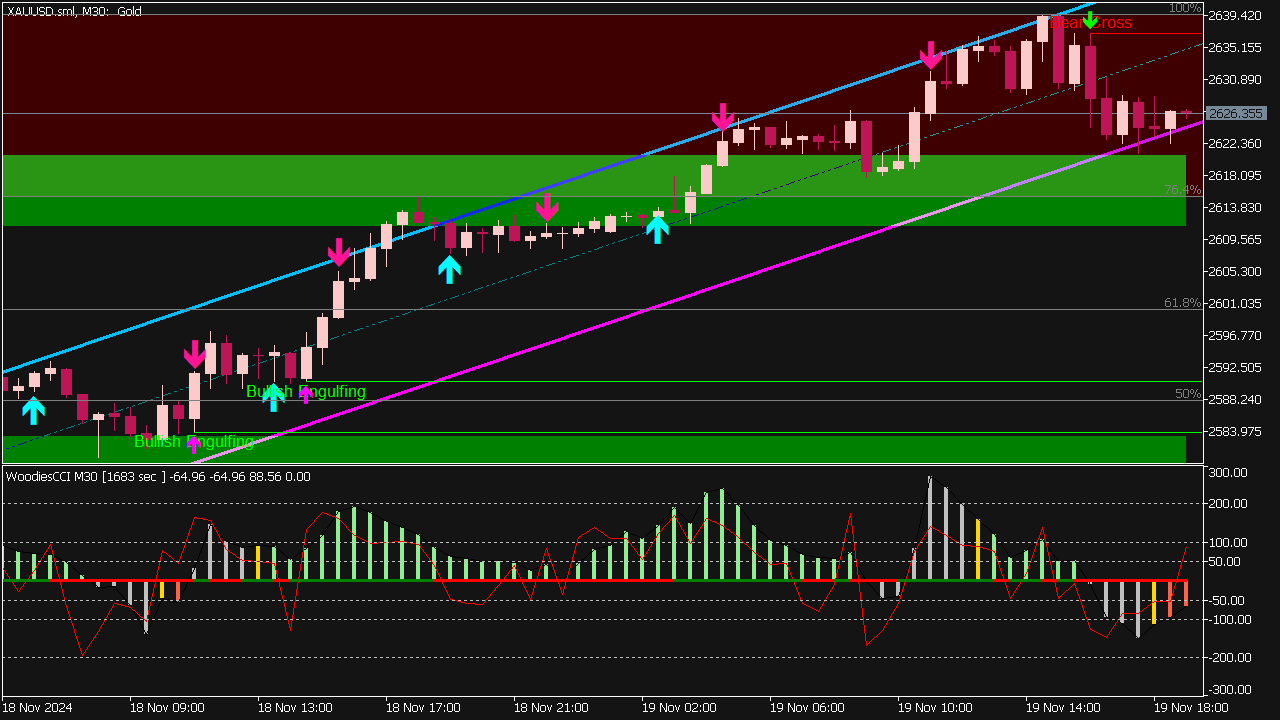Supply and Demand System with Arrows

↪️ DOWNLOAD IT BELOW ⤵️
Binary options are financial instruments that allow traders to speculate on the price movement of assets, such as stocks, currencies, or commodities, with a simple "yes" or "no" proposition regarding whether the asset will rise or fall within a predetermined time frame. If the trader's prediction is correct, they receive a fixed payout; if not, they lose their investment. Due to their high-risk nature and potential for fraud, many regulatory authorities have imposed strict rules or banned binary options trading altogether in certain jurisdictions. As such, traders should exercise caution and conduct thorough research before engaging in this form of trading.
Understanding Binary Options
Binary options are called "binary" because they offer only two outcomes: the trader either makes a profit if their prediction is correct or loses their investment if it is not. Here are the primary types of binary options:
1. High/Low Options: The most common type, where traders predict if the asset's price will be higher or lower than a specific price at the expiry time.
2. One Touch Options: Traders predict whether the asset will touch a certain price level before the option expires.
3. Range Options: Also known as boundary options, traders predict whether the asset price will fall within or outside a specified range.
Selecting a Broker
Choosing a reputable binary options broker is crucial to your trading success. Look for the following criteria:
• Regulation: Ensure the broker is regulated by a recognized authority (e.g., CySEC, FCA) to protect your funds.
• Trading Platform: A user-friendly platform is essential for executing trades smoothly.
• Assets Offered: Check if the broker offers a wide range of assets you wish to trade.
• Payouts and Fees: Analyze payout percentages for successful trades and understand any fees associated with withdrawals.
Market Analysis
Successful binary options trading relies on thorough market analysis. Here are two primary types of analysis to enhance your trading strategy:
1. Technical Analysis: Use charts, trends, and indicators (e.g., Moving Averages, Bollinger Bands, RSI) to forecast future price movements based on historical data.
2. Fundamental Analysis: Stay informed about economic news, earnings reports, and geopolitical events that may impact asset prices. Economic calendars can help you track upcoming events that could affect your trades.
Trading Strategies
While each trader may develop their own approach, here are some commonly used trading strategies:
• Trend Following: Identify and follow the prevailing market trend, placing trades that align with the direction of the trend.
• Reversal Trading: Look for overbought or oversold conditions and anticipate price reversals after extended movements.
• News Trading: Capitalize on price volatility caused by significant news releases, entering trades with a short expiry period around the events.
Risk Management
Proper risk management is vital to long-term success in binary options trading. Here are several key strategies:
• Limit Your Investment: Do not risk more than 1-2% of your total trading capital on a single trade. This ensures you can withstand a string of losses without significant damage to your account.
• Set Profit and Loss Limits: Establish clear profit-taking and stop-loss orders to protect profits and minimize losses.
• Diversify: Do not concentrate all your trades on a single asset or trade type. Diversifying your portfolio can help mitigate risk.
Practical Trading Tips
• Use a Demo Account: Before trading with real money, practice with a demo account to familiarize yourself with the platform and refine your strategies without financial risk.
• Stay Disciplined: Emotions can lead to impulsive trades. Stick to your trading plan and avoid chasing losses.
• Review and Reflect: After each trading session, review your trades, assess what worked and what didn’t, and adjust your strategies accordingly.
• Keep Educating Yourself: Continuous learning is essential in the ever-evolving financial markets. Read books, attend webinars, and follow market news.
Conclusion
Binary options trading requires a balanced combination of knowledge, strategy, and risk management. By understanding the types of options, choosing a reliable broker, conducting thorough market analysis, and employing effective trading strategies, traders can navigate this financial instrument more confidently. Remember to exercise caution and discipline as you embark on your binary options trading journey.

